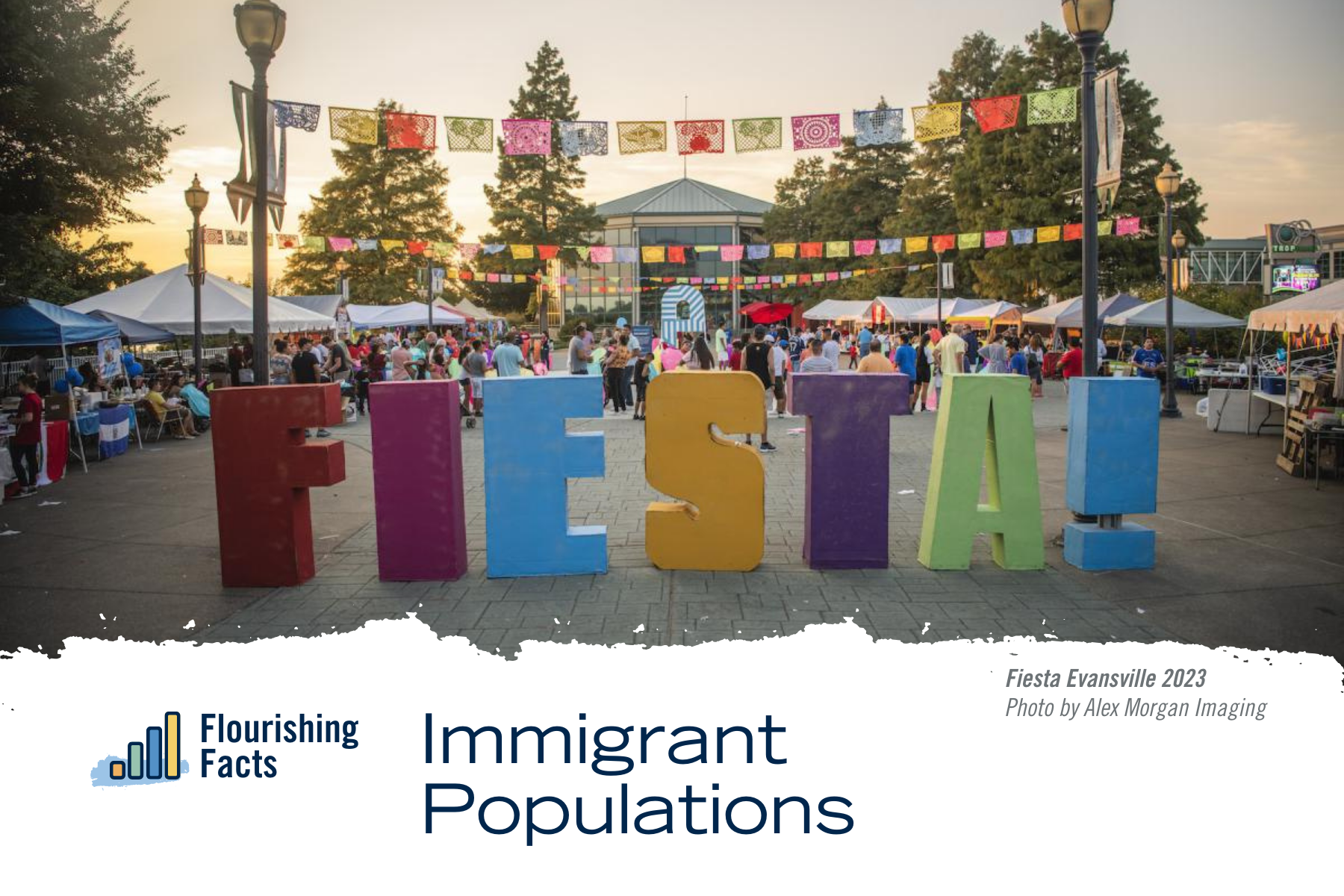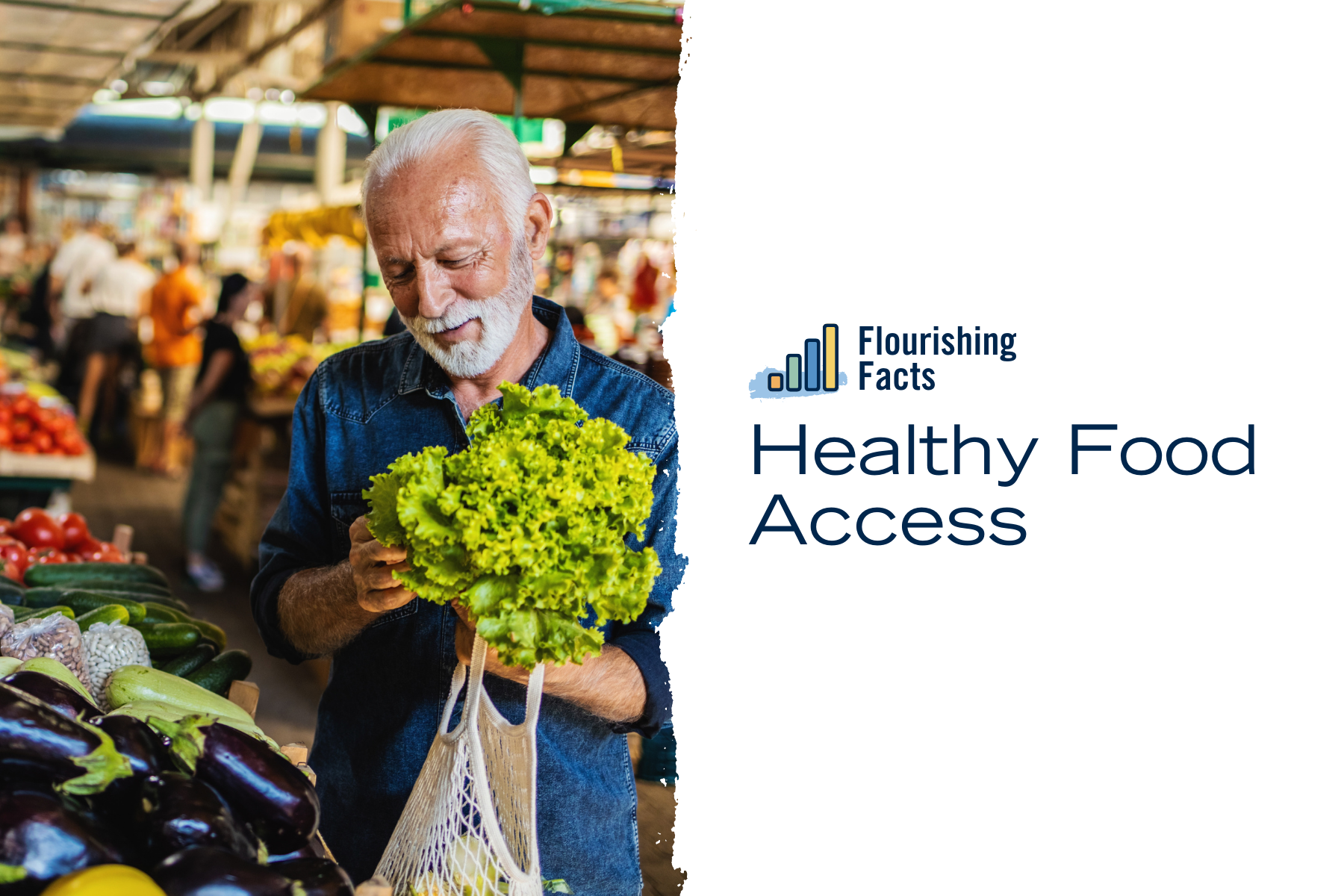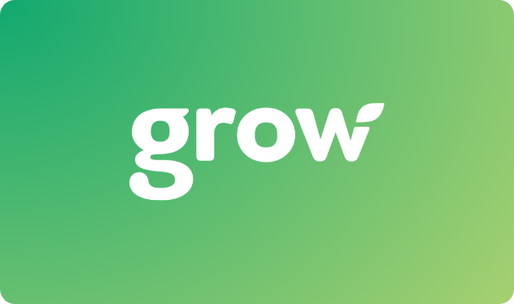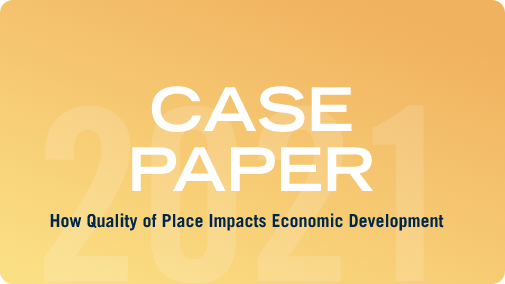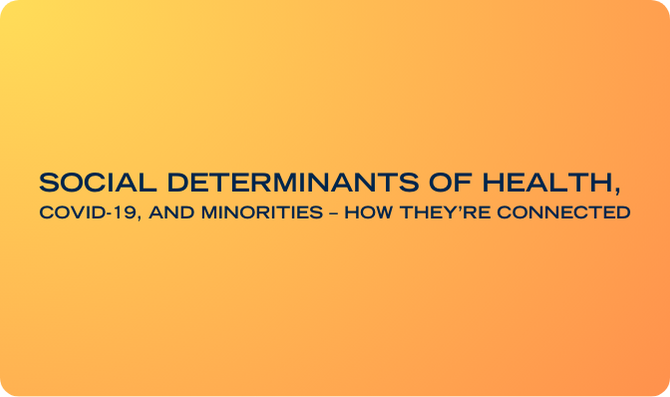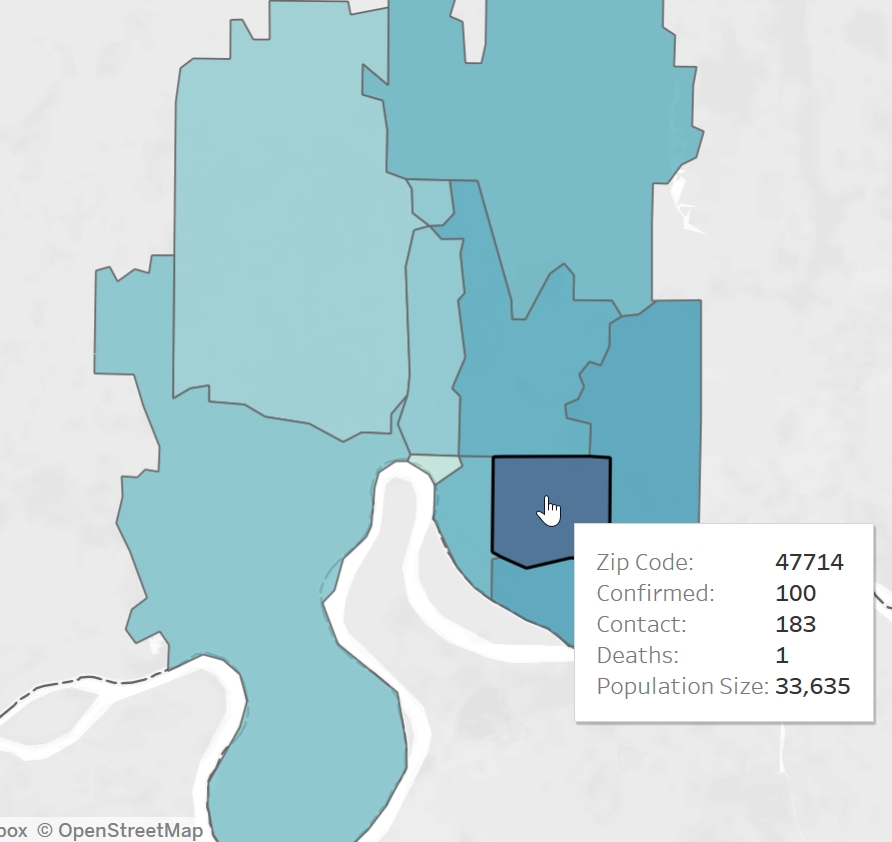Flourishing Facts – Immigrant Populations
Why is it important to understand migration patterns and growing immigrant populations?
Imagine moving to a new country, excited to build a life and ready to offer your skills, education, and talents to your new community – but running into barriers and struggling to make your dreams a reality. In our mostly American born and raised, English-speaking region, it’s rare to encounter language or cultural barriers. But many do. 1% of the area overall and as much as 17% of households in pockets of our rural and urban areas are not proficient in English.
Language is an obvious barrier but beyond unfamiliar words – complicated systems, even discrimination can feel like invisible walls to new arrivals, hindering the ability to integrate and contribute their gifts. And chances are, moving to an unfamiliar country means leaving social networks behind. Who do you call for advice? For help? All these barriers can stand in the way of getting basic needs met, like getting food or medical care, and can hinder efforts to fully engage in opportunities, like education and employment, or offer resources, like skilled trades, professional services, and talents to our region.
The U.S. has a rich history of immigration with people seeking economic opportunity or escaping hardship. 14% of the region’s residents who relocate do so mainly across town or county but a small and important .3% relocate here from abroad.
Our population center, Vanderburgh County, boasts a vibrant tapestry of cultures. Hispanic Latino populations make up the largest foreign-born group (30%), and smaller but growing communities like Marshallese (.2%), Haitian (.2%), and Chinese (.6%) add to our richness. Though small, the percentage of foreign-born residents is increasing over time.
Data on where our residents are born begins to help us understand how migration patterns are shifting.
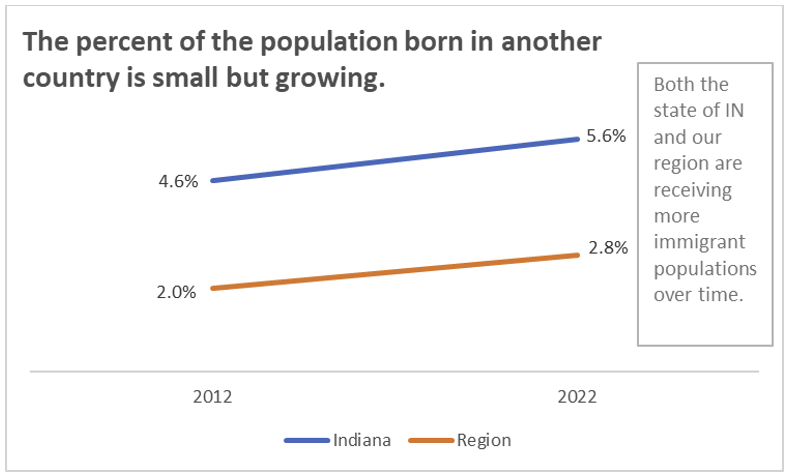
There are limitations to traditional survey methods. For many reasons, surveys like the Census may undercount immigrant populations and localized studies are needed. Funding partners, nonprofits, economic development agencies, alongside champions of immigrant populations are working to better understand the demographic shifts and to provide welcome resources and services to support incoming residents. The goal? To celebrate and support the rich variety of peoples and cultures that make our region thrive.
Find more data on immigrant populations
Here are quick links to Grow/SAVI resources to help you learn more about immigration populations.
- Hispanic and Latinos Profile – learn more about the fastest growing ethnicity.
- Community Profile Tool – data for specific geographies, like counties, zip codes, and neighborhoods. (Pro tip: not all data is available for small geographies, like neighborhoods. If you run into missing data, try a slightly larger area, like the zip code that encompasses the neighborhood.)
- Grow Library – for additional learning resources on healthy food access, poverty, flourishing, and more.
Let’s celebrate our diverse region! Share your data insights on this topic with colleagues, community partners, and on social media.
